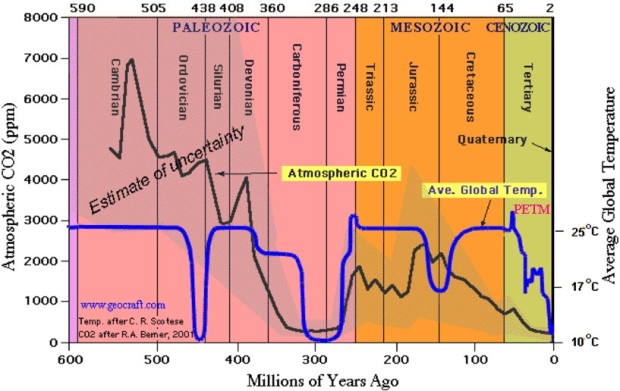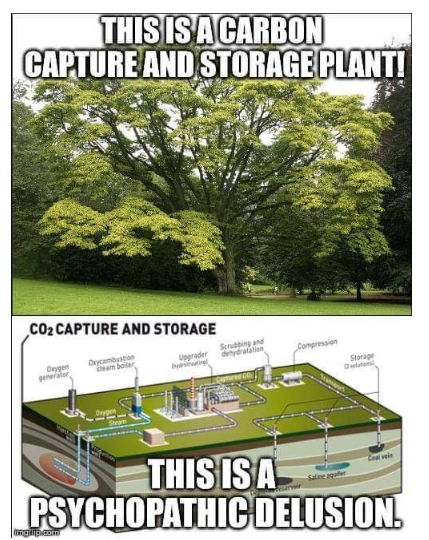“Net zero” is predicated on the assumption that rising carbon dioxide (CO2) emissions from burning fossil fuels cause “dangerous” global warming. There is no physical evidence to support that assumption. In fact, rising CO2 in the atmosphere is produced, in part, by rising temperature. That is because the ocean holds about 50 times the carbon dioxide in the atmosphere. Cold ocean water contains CO2 more than warm water. Rising temperatures cause some of that carbon dioxide to leave the water and go into the atmosphere. In one sense, “Net zero” has cause and effect backwards.
Planet Earth is now in an interglacial period. Global temperatures are about 10°C cooler than in much of the past 600 million years during which life thrived. So global warming is not so “dangerous.”

“Net zero” aims to remove CO2 from the atmosphere by carbon capture and storage. That is, capture CO2 emissions at the source and send it via pipeline to underground storage areas, a very expensive process.

Electric vehicles are spawn of “net zero.” Electric vehicles have short ranges, require long refueling times, require almost twice the copper, cobalt, lithium as regular vehicles. Hence, CO2 emissions during mining and manufacturing are about twice that of vehicles run by fossil fuels.
“Net zero” also aims to reduce use of fossil fuels. Hence the rise of electricity production by wind and solar generation, both of which cannot respond to supply and demand, require fossil fuel backup, require huge expanse of land, destroy habitat, kill millions of birds and bats, and require production of millions of batteries. It is simply impossible to provide enough energy storage to make renewables reliable. (See: “A Simple Reason Why Net Zero Is Impossible” and “Net Zero grid batteries alone would bankrupt America”) A better solution would be to build many small nuclear reactors to produce electricity.
From H. Sterling Burnett:
A large-scale power grid consists of two segments: baseload power and peaking power. Baseload power is the minimum amount of energy needed for normal daily operations, which requires a fairly constant flow of power. Coal, nuclear, hydro, and to a lesser but growing extent natural gas have satisfied the country’s baseload for the past century because they operate full-time, providing a steady flow of power.
Peaking power is the additional power needed when the system is faced with unusual amounts of demand, as in July and August in Texas or Arizona, when air conditioner use soars, and in December and January in Minnesota or North Dakota, when the furnaces kick in. Natural gas has commonly served to provide peaking power because it can be cycled on and off quickly, as needed. (link)
Bottom line: “Net zero” will have no effect on climate, it will have very high costs, and it will reduce our standard of living.
For more background, see my blog posts:
Problems with wind and solar generation of electricity – a review
Why reducing carbon dioxide emissions from burning fossil fuel will have no effect on climate
2 comments
Comments are closed.